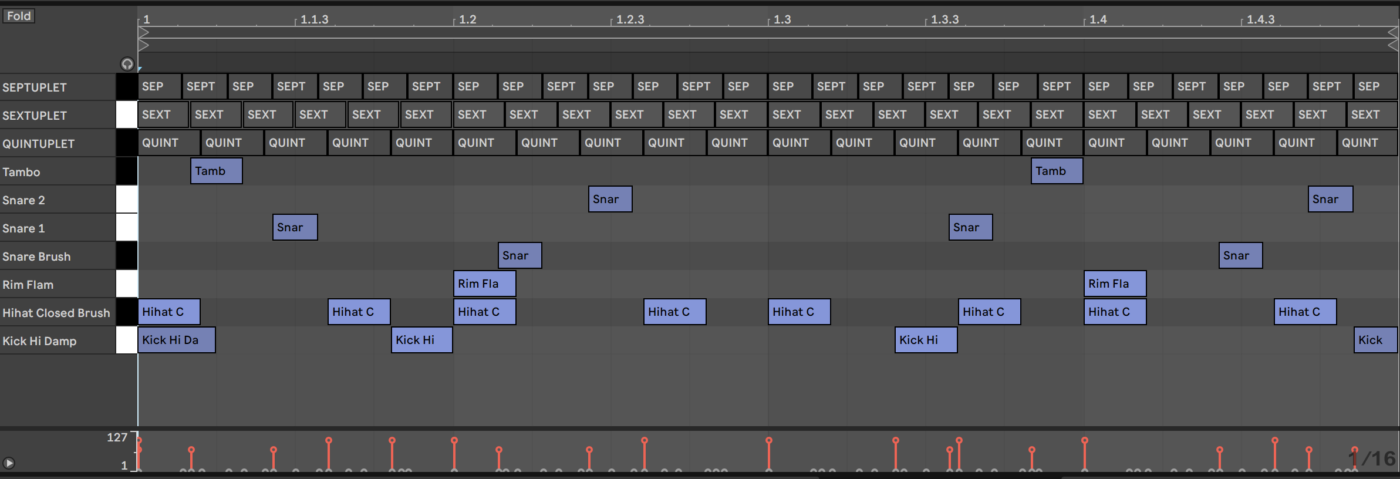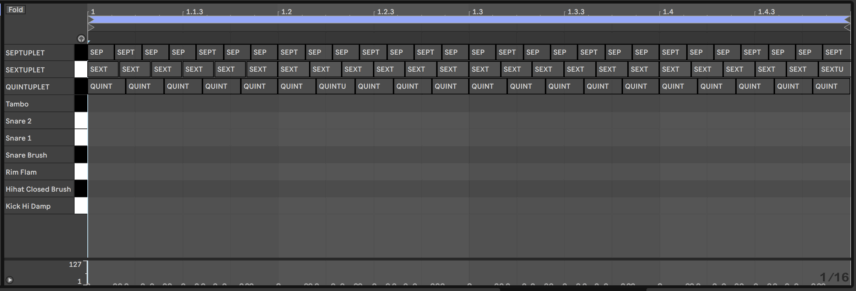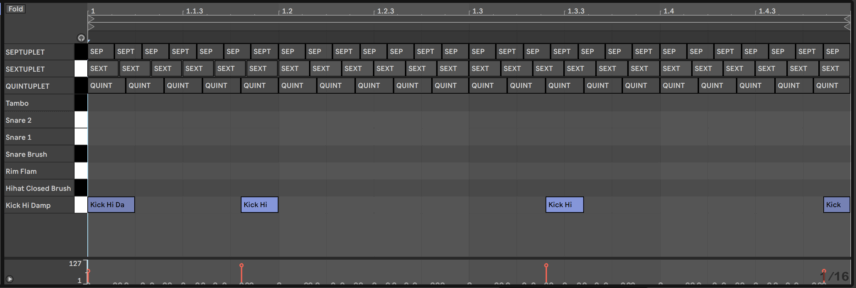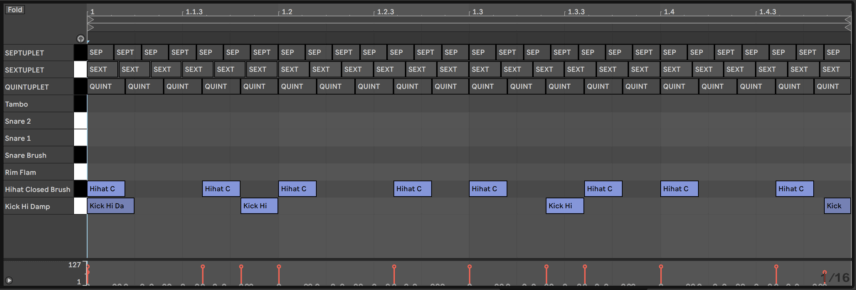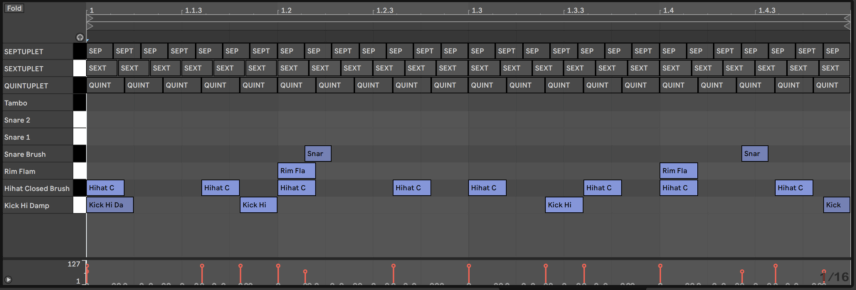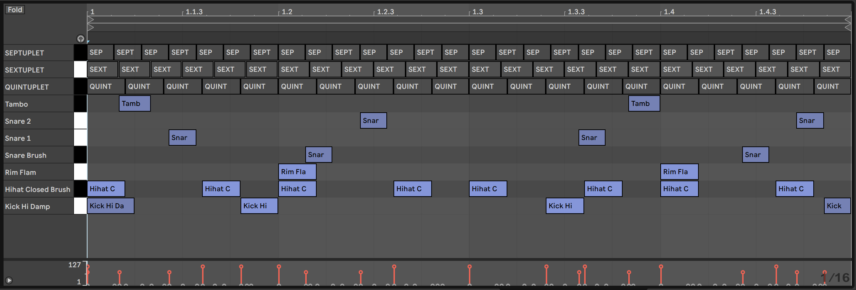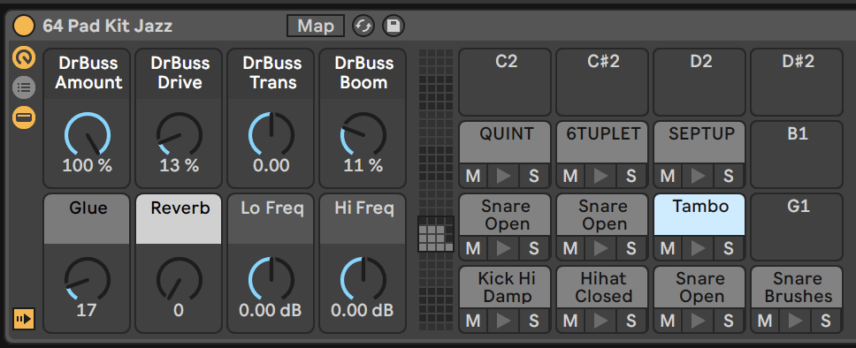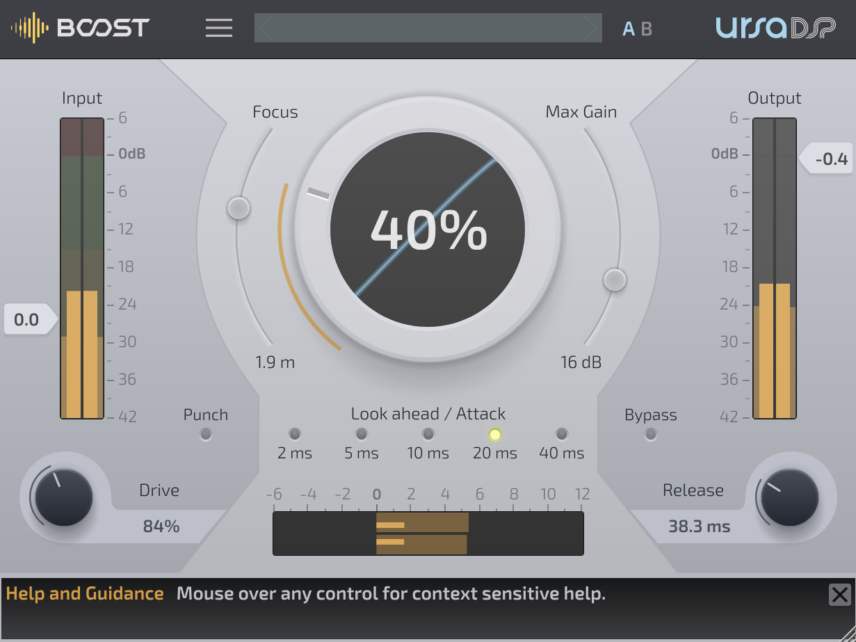In this latest Beat Dissected, we program a hip-hop beat with a drunk drummer feel inspired by J Dilla and more contemporary users of the technique like Flying Lotus and Kaytranada.
When J Dilla turned off the quantize function on his MPC, he ushered in a new era of groove in electronic music. Playing in beats live using both rushing and dragging feels while also making sure that notes remained off the grid would become a habit for the next generations of hip-hop producers. Drummer Questlove from The Roots has said that when he first listened to Dilla’s beats they, “sounded like the kick drum was played by like a drunk three-year-old”, hence the term ‘drunk drummer’.
Today the technique is employed by many artists in different genres and two standout examples are Kaytranada and Flying Lotus. The former uses the Dilla-style swing in a 110bpm-and-upwards dance context while the latter, who also heads LA label Brainfeeder, uses them with a slower tempo.
While it is true that drummers (and finger drummers!) can nail this feel with some practice, there is a shortcut to achieving it within your DAW and all that is required is a MIDI clip. In this tutorial, we will create a template for this shortcut and then use it to program the following beat:
Here is the beat with a bassline, chord stab and vinyl crackle for context.
Beat Dissected is a regular series in which we deconstruct drum patterns, showing you how to program them in any DAW. Just copy our grid in your own software to recreate the loop. To follow along, download the MIDI file here . To enlarge any photo, just click on the image.
If you find this tutorial helpful, you might also enjoy our book, “The Secrets of Dance Music Production”.
Spec
Tempo
90 BPMSwing
CustomSounds
AbletonStep 1
In order to create a drunk drummer feel we are going to use quintuplet, sextuplet and septuplet notes.
In a common 4/4 beat, one beat or quarter note fits four 16th-notes of the same length, but what if you tried to fit five or six or seven notes in this space instead? This would result in new grids with different feels. As can be seen in the below picture, when you do this none of the notes line up except for the downbeats.
The drunk drummer feel can be quickly achieved by using notes from each of these grids while programming a beat.
First, create an empty MIDI channel and insert Live’s 64 Pad Kit Jazz drum kit from the Drum Booth pack. Any kit will work but this one has useful drum bus macros and a wide variety of quality acoustic drum samples.
Now create a one-bar MIDI clip and draw in seven consecutive 16th-notes.
Drag over all of them to select them all and then a marker should appear before the last note. Hold command and drag the market left until the seven notes evenly fit in one beat.
Duplicate this across four bars and repeat the process with five 16th-notes per beat and then six 16th-notes per beat to have your quintuplet, sextuplet and septuplet notes ready to use.
Step 2
Let’s start with the kick. Use “Kick Hi Damp” and draw in the below MIDI pattern by dragging notes from the quintuplet line to the kick sequence. For the fourth kick at the very end of the bar use the last septuplet note. This will create a quick double-kick effect when the sequence loops.
Step 3
Next up is the closed hi hi-hat. This can make all the difference because hats are always a defining factor in swing. Use the quintuplet notes to create a repetitive pattern with two hats per beat, the first on the downbeats and then the second on the fourth quintuplets.
This would normally be similar to a regular eighth-note hat pattern but because we are using quintuplet divisions the beat is split into a ratio of 3:2 for the hats, as opposed to the usual 1:1. This is called quintuplet swing. If you used the septuplets to place two hats per beat then the ratio would be 4:3 and it would be septuplet swing.
Step 4
For the rim part, use the “Snare Open” sample with a rim flam (this drum kit has multiple samples with the same name). A flam is a hit with two notes played in quick succession. Drunk drummer-style beats tend to feature a lot of them. This is because they add to the dragging, off-grid feel as the hits themselves are technically dragged out.
For this sample, simply program hits on the second and fourth downbeats.
Using the “Snare Brushes” sample, program a septuplet hit straight after the first rim and then another septuplet hit in the fourth septuplet of the last beat.
The first brush hit acts as an even more dragged out layer of the first rim while the second one fills in the gap between the quintuplet hats nicely.
Step 5
The final element in the beat is percussion. Use two “Snare Open Sidestick” samples and the “Tambo” tambourine sample.
For the snare sidestick samples, program two each using septuplet notes. The idea is to fill gaps that other elements are not occupying.
Add two tambourine hits to the sequence using sextuplet notes. Again, we are positioning them to fill gaps.
With all elements now programmed, you will start to notice the unique relationships and bridges that form between each hit—for example, the dragging fill at the end of the bar resulting from four consecutive notes. This would be significantly harder to play live.
Step 6
The final step is some drum bus processing. Using the kit’s own macros, add some low end by bringing the DrBuss Boom up to 11% and reduce the drive to around 13%. The next step is compression. We used UrsaDSP’s new maximizer Boost, which is great for getting punch while maintaining the body of the signal.
Here is the final result:
Here is the Beat with a bassline, chord stab and vinyl crackle for context.
Top Tip: Wonky off-grid basslines work great with drunk drummer beats because it is a continuation of the motif. In our bassline there are no quantized notes and the looping pattern goes on for five beats instead of the more common four.
